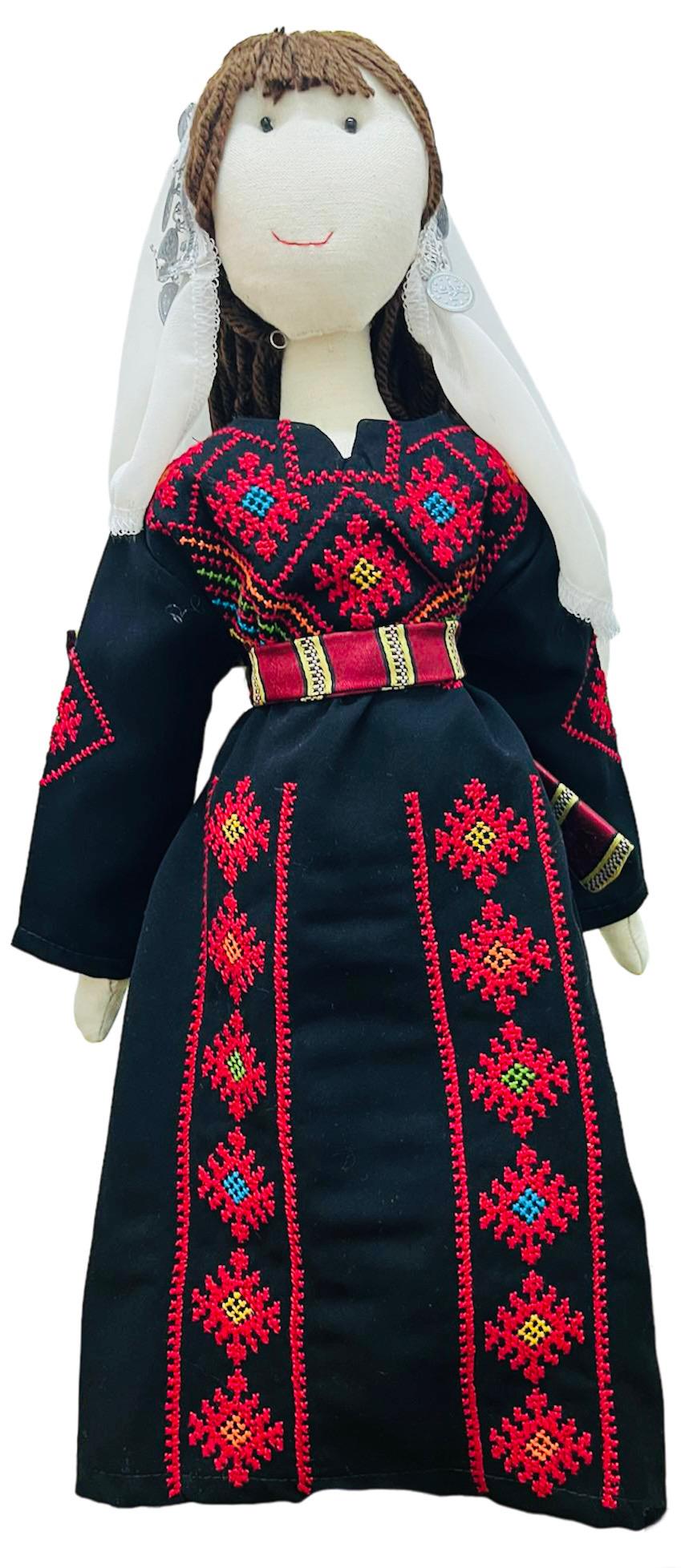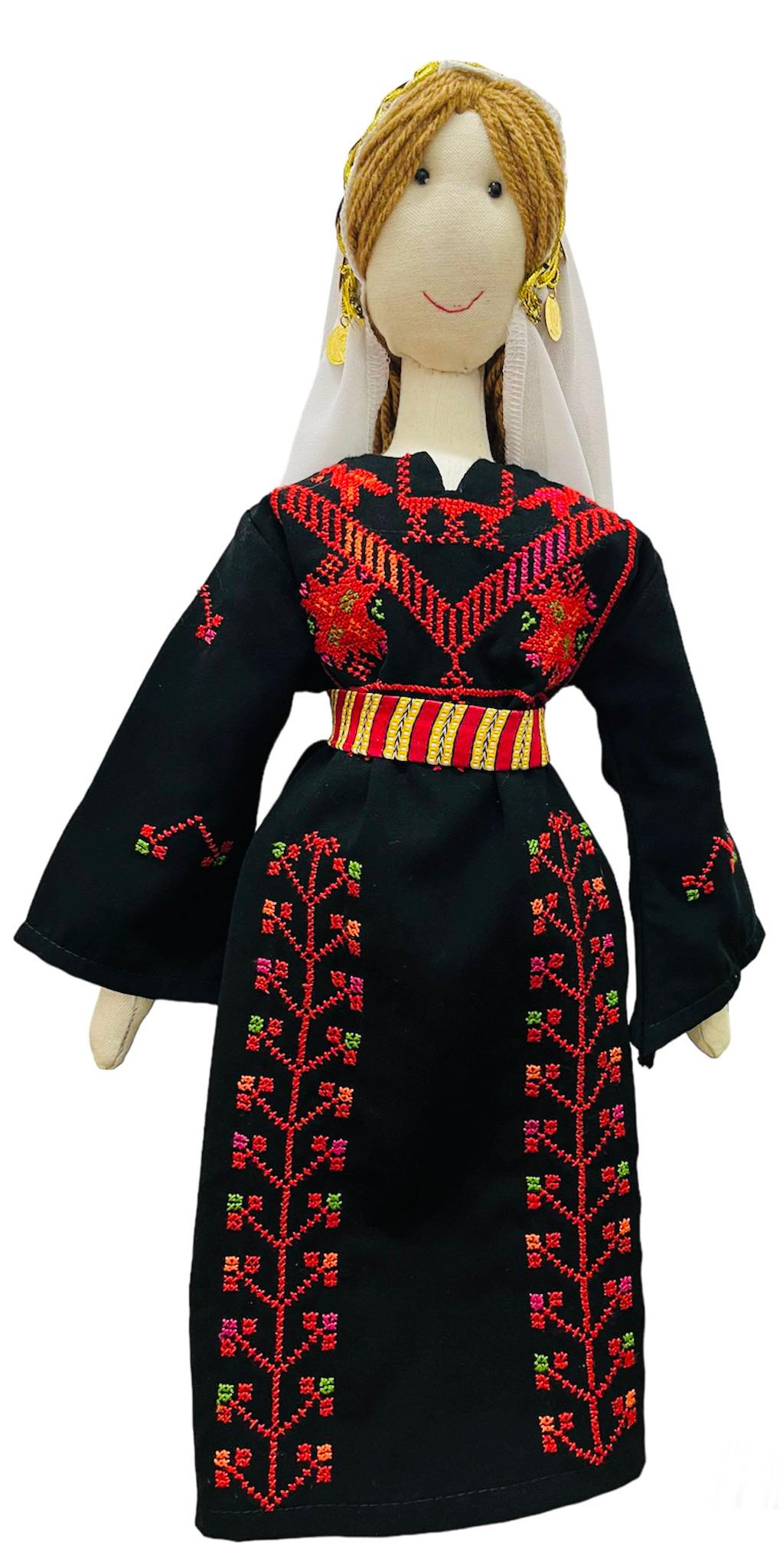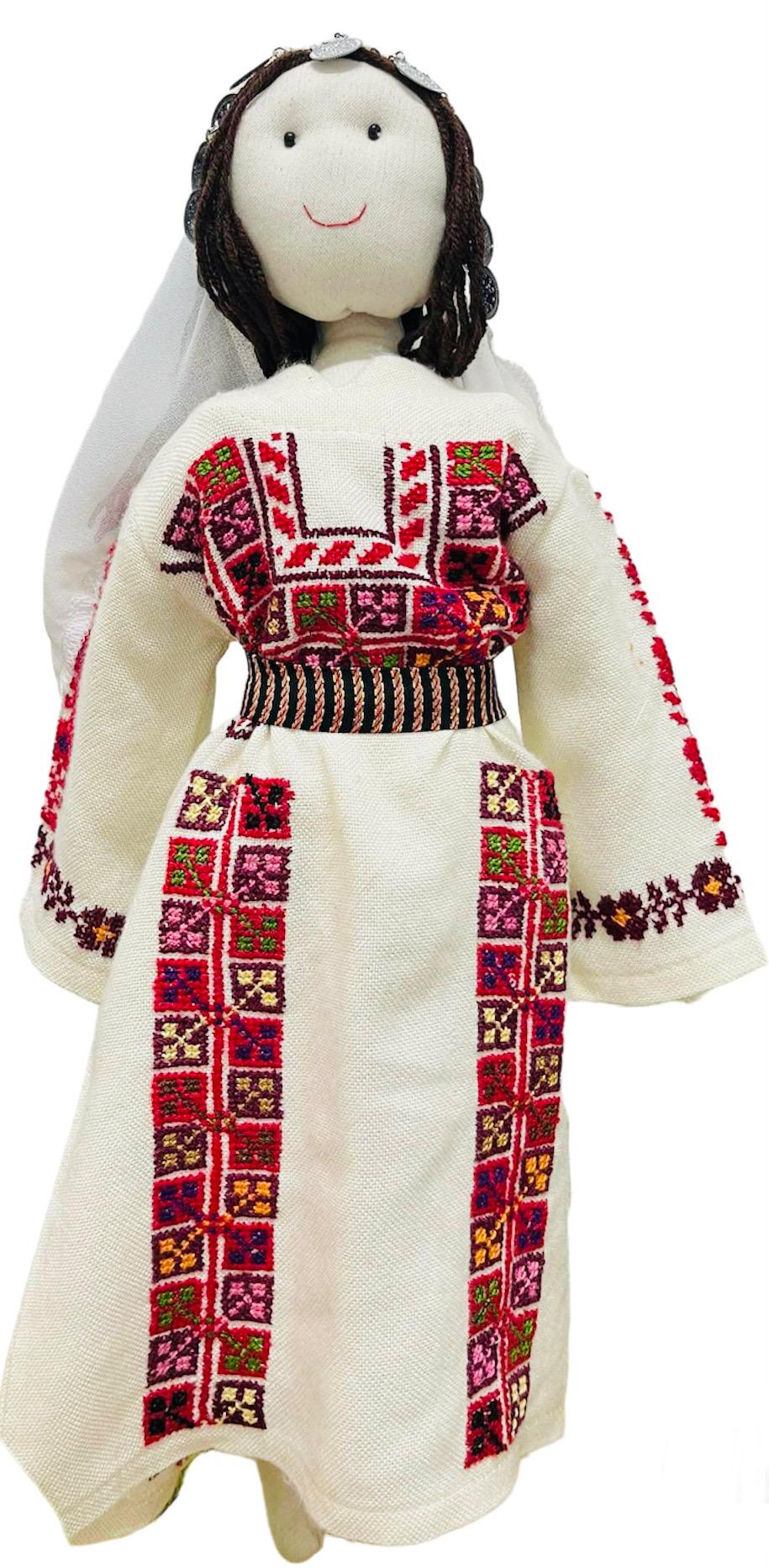Unforgettable Hebron: A Taste to Remember!
Today, I opened my journal to capture the emotions of my last day in Hebron, the city where I volunteered in a local community organisation. The farewell brings a wave of sadness, leaving behind cherished memories since the day I first set foot in this city. I remember my first meeting with Grandma Hasna when I knocked on her door after searching a lot for signs pointing to "Grandma Hasna's" place. Turns out, I was going to stay with a real Khalili (from Hebron) family, and it felt just like a real home. The days went by fast, and Grandma Hasna became like family to me, something I didn't even find back in Canada, my home country. The soul of Hebron resonated through her, and as I turned the pages of my journal, the weight of parting weighed heavily on my heart.
Revisiting the enchanting memories documented in my journal, I traced back to my first day in Hebron's old city. Starting from my first day in Hebron's old city, I can still picture the ancient walls, the sounds of sellers walking around, and kids shouting "Hello, Katya." Grandma Hasna showed me around, taking me to the Ibrahimi Mosque and a spot where people gathered, some with empty plates, some with plates full of hot food. Grandma explained it was Al-Tkeyeh Al-Ibrahimia (The Ibrahimi Hospice), constructed during the Ayyubid era, offering meals, particularly during Ramadan. The day continued with visits to the Palestinian Museum, Maskobiyeh Church, and the markets in the old city. We concluded our exploration at a local restaurant, enjoying Hebron's traditional food, especially the Khalili Makloubeh. There was even a table for feeding the city's poor – showing how generous the people of Hebron are, where no one sleeps hungry.
The next day, we explored Hebron's green spots and old places, like Ein Qashqala, Ein Sara, Ein Wadi Al-Jouz, Tel Al-Ramida, and more. Grandma Hasna told me about the city's architectural and historical richness spanning the Ayyubid, Mamluk, and Ottoman periods. Each site became a snapshot captured by my camera, preserving Grandma Hasna's presence in my heart.
A visit to Hebron's villages was essential, experiencing the rhythm of life as farmers harvested their crops. Grandma Hasna took me southwest to Deir Samet, where we joined relatives for grape-picking. The joyous occasion continued with a visit to an ancient monastery, Deir Samet, where I captured the timeless essence of the old building and stones – what a place!
I read about a museum in one of the village homes, Haj Issac Al-Haroub - Abu Iyad's house, with ancient belongings for Palestinians collected over 65 years, showing how life used to be. I asked Grandma's family to guide me to this house, and it was awesome, learning about the Palestinian history. The day concluded with dinner at Grandma Hasna's family, smelling the delicious Khalili Makloubeh again – a taste I'll never forget.
Eager to relive this enchanting experience, I've decided to share it with my friends. When I get back, I'll invite them to try Khalili Makloubeh in Hebron and visit Grandma Hasna again.
Did you know that the city of Hebron is one of the areas through which the Palestine Heritage Trail passes? Here, you can wander, enjoy the beauty and diversity of Palestine's nature, and learn about its history and heritage. For more information about the Palestine Heritage Trail, you can visit the website at https://phtrail.org/.
Sources and references:
- Hebron, Palestinian News & Info Agency - WAFA.
- Prominent Historical and Tourist Sites in Hebron, Palestinian News & Info Agency - WAFA.






